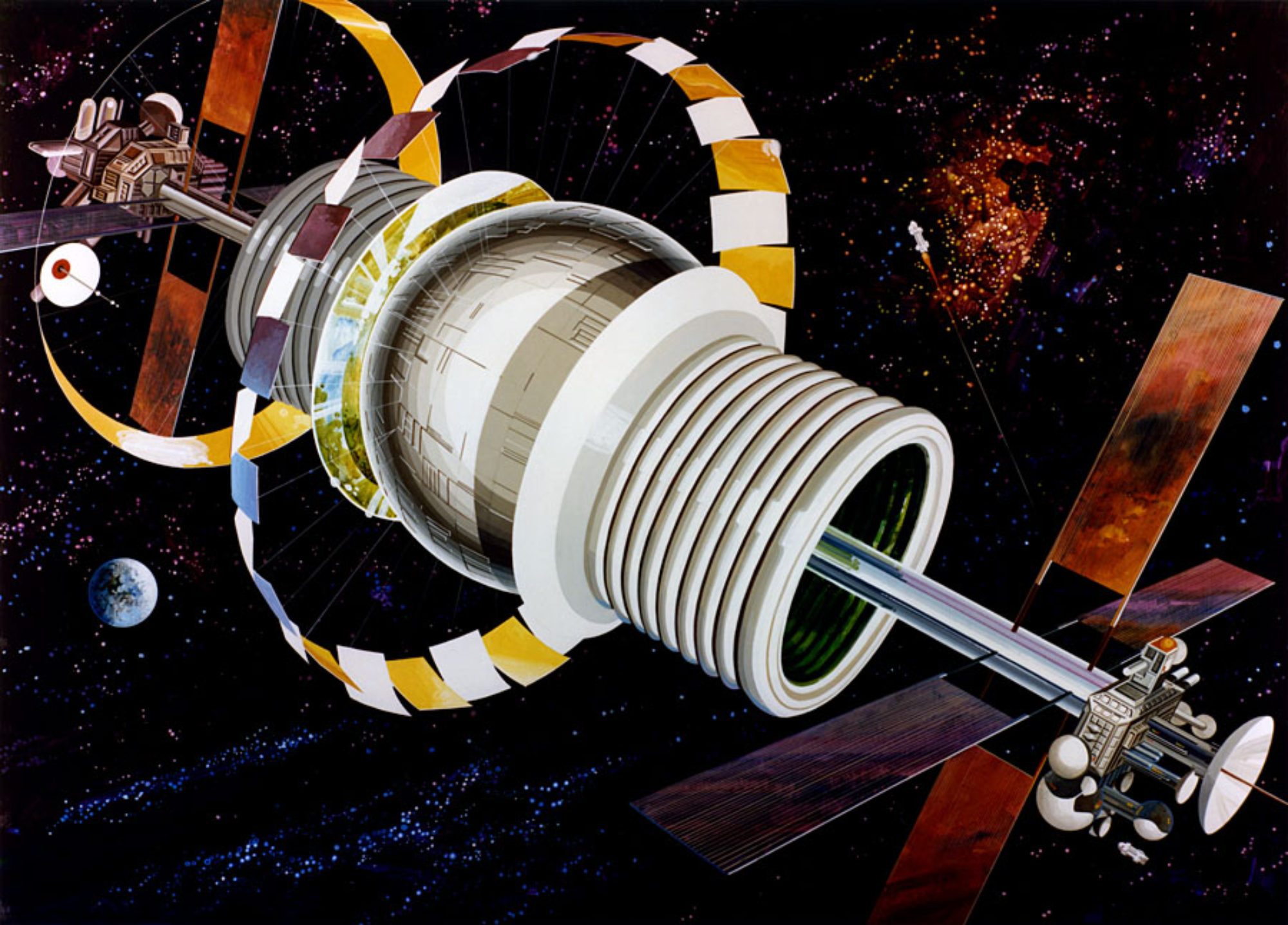
J. N. Nielsen has a theory…or four. Picking up where he left off in his previous Bound in the Shallows post on Centauri Dreams about the origins of a spacefaring civilization, Nielsen explores the possibility that the nuclear rocket or fusion power may be the indispensable transformative technology that will enable breakout of a spacefaring future. But even if we develop the capability of nuclear propulsion, it may not be sufficient. We need a “mythology” to enable humanity’s next central project. As Nielson defines it, a mythology “… is a kind of recapitulation in which the contributions of ages past—whether biological, psychological, social, or cultural—are each given their due, and these antecedents serve as a springboard to something authentically novel, something unprecedented that facilitates human beings to transcend their past and to accomplish something unprecedented.”
As happens every time, whenever I dig into Nielson’s rich writings I loose myself in a beautiful philosophical landscape of culture. Give yourself some time to ponder and absorb these insightful hypotheses on what is needed to settle the solar system and beyond…and visit his Grand Strategy: View from Oregon site for more politics, economics, warfare, religion, and philosophy with a focus on civilization which often leads to consideration of the future and space exploration.










